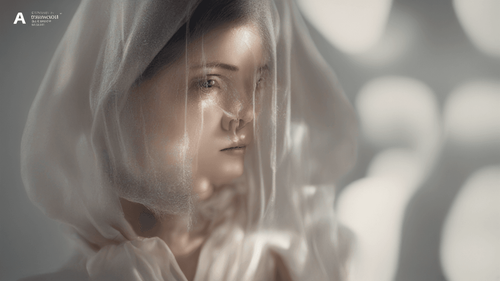
Introduction: Pioneering the Realm of AI Generated Images by Text
In a world where artificial intelligence continues to make leaps and bounds, the synergy between AI and creative expression is producing awe-inspiring results. One remarkable achievement in this arena is the creation of images through the power of text. Imagine describing an image with words, and then witnessing the AI translate your description into a stunning visual masterpiece. This revolutionary process, known as "AI generated images by text," is redefining artistic boundaries and catalyzing innovation across multiple domains.
Understanding AI Generated Images by Text: A Glimpse into Synthetic Artistry
At the heart of AI generated images by text lies a sophisticated interplay of machine learning algorithms and neural networks. This innovative technology employs Generative Adversarial Networks (GANs) to bridge the gap between text and visuals. GANs consist of two neural networks—the generator and the discriminator—engaged in a creative tug-of-war. The generator crafts images based on textual descriptions, while the discriminator evaluates and refines these images. This dynamic process results in remarkably accurate and detailed visuals that mirror the input text.
The Mechanics Behind the Magic: How Does It Work?
-
Text Encoding and Understanding: AI starts by comprehending the textual input, deciphering its nuances, and grasping contextual cues. Natural Language Processing (NLP) techniques enable the system to extract relevant information effectively.
-
Image Synthesis: The generator network receives the encoded text and embarks on the image synthesis journey. It crafts an initial image that corresponds to the input description, albeit often rough around the edges.
-
Refinement through Feedback: The discriminator steps in to assess the generated image. Its critical evaluation is relayed back to the generator, acting as constructive feedback. With each iteration, the generator enhances its artistic finesse.
-
Convergence and Realism: Through a series of iterations, the generator and discriminator reach a harmonious equilibrium. The generated images become remarkably realistic, mirroring the text with astounding accuracy.
Unlocking Creativity: Applications of AI Generated Images by Text
AI generated images by text have transcended mere novelty and are making tangible contributions across diverse industries. This technology's potential is as boundless as the human imagination, giving rise to applications such as:
- Concept Visualization in Design: Designers can breathe life into their ideas by describing them in text, instantly translating imagination into visuals.
- Fashion Forward: Clothing Design and Styling: Fashionistas can articulate clothing designs, and AI will promptly render them, revolutionizing the creative process.
- Architectural Marvels: Blueprint to Reality: Architects can vividly depict architectural plans, transforming abstract concepts into tangible structures.
The Ethical Landscape: Navigating Challenges and Concerns
As AI generated images by text gain prominence, ethical considerations emerge. Issues related to intellectual property, authenticity, and potential misuse warrant careful scrutiny. It's imperative to strike a balance between the transformative potential of AI and the ethical responsibilities associated with creative ownership.
AI Generated Images by Text: Addressing FAQs
Q: How Accurate are the AI Generated Images? AI's ability to faithfully translate text into images has improved significantly. While not flawless, the generated visuals often capture the essence of the description with remarkable precision.
Q: Can AI Understand Complex and Abstract Descriptions? Yes, modern AI models have made substantial strides in comprehending intricate and abstract textual descriptions, enabling the synthesis of corresponding images.
Q: What Hardware and Software Infrastructure is Required? The computational demands of AI generated images by text necessitate robust hardware, including GPUs, and specialized software frameworks such as TensorFlow and PyTorch.
Q: Are there Limitations to the Complexity of Images? While AI can produce intricate images, excessively complex or vague descriptions might pose challenges, impacting the quality of generated images.
Q: How Could AI Generated Images Impact the Art Industry? AI generated images by text have sparked debates within the art community. Some view it as a tool for inspiration, while others raise concerns about its potential to undermine traditional artistic practices.
Q: What Lies Ahead for AI Generated Images by Text? The future holds exciting possibilities. Continued advancements in AI and machine learning could lead to even more lifelike and contextually accurate image synthesis, transforming the way we perceive and create visual art.
Conclusion: A Glimpse into the Artistic Horizon
AI generated images by text stand as a testament to human ingenuity and technological progress. The fusion of language and visuals, guided by the marvels of artificial intelligence, is expanding creative frontiers and shaping the future of multiple industries. As we navigate the ethical complexities and bask in the boundless potential, one thing is certain: the canvas of innovation has never been more vibrant, thanks to the brushstrokes of AI.